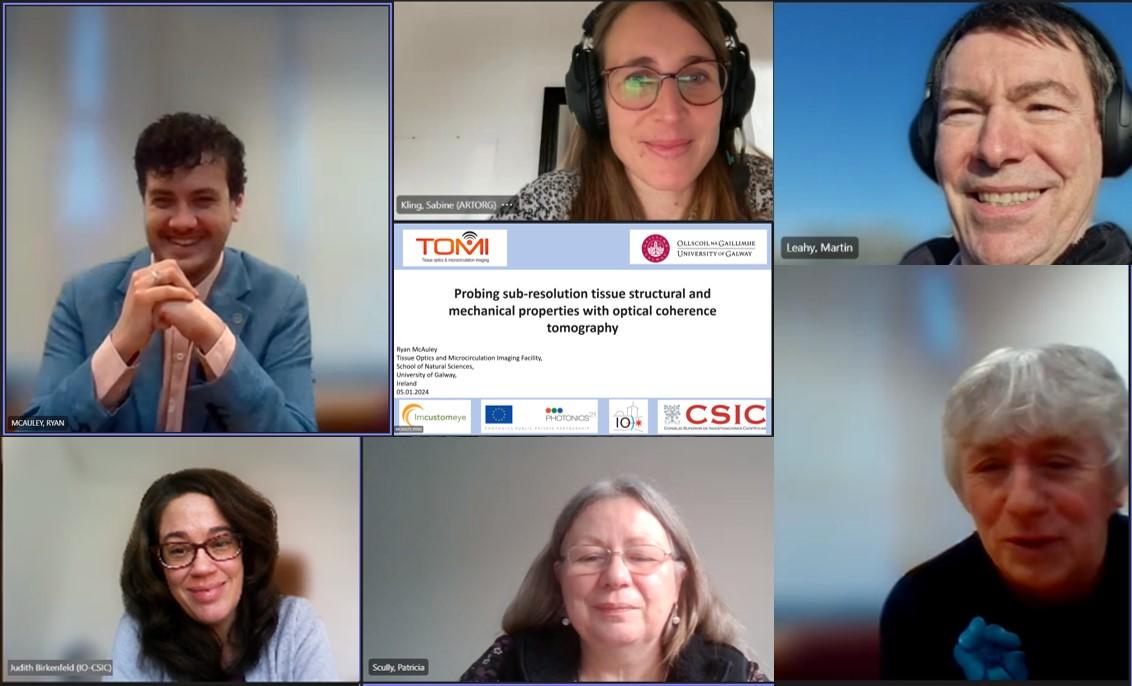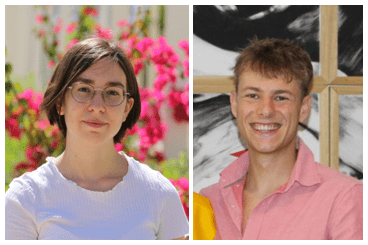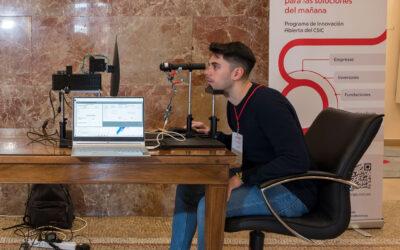Last January 5th, Ryan McAuley successfully defended his PhD thesis on ‘Probing sub-resolution tissue structural and mechanical properties with optical coherence tomography’ (Supervisors: Prof. Martin Leahy, University of Galway, Dr. Judith S. Birkenfeld, IO-CSIC; Thesis defense/Chair: Prof. Miriam Byrne, University of Galway, External examiner: Dr. Sabine Kling, ETH Zurich, Internal Examiner: Prof. Patricia Scully, University of Galway).

In his thesis, Dr. McAuley assessed sub-resolution signals related to the static and dynamic, structural and mechanical properties of tissue using vibrometric, nanosensitive, and synthetic Fourier domain extensions of OCT. The thesis includes a fruitful collaboration between the Visual Optics and Biophotonics Laboratory of IO-CSIC, and Prof. Leahy’s research group (TOMI) at the University of Galway, Ireland, based on the European H2020 Imcustomeye project. We wish Dr. McAuley all the best in his new position as a postdoctoral researcher in the research group of Prof. N. Uribe-Patarroyo at the Wellman Center for Photomedicine/Harvard Medical School.
Here is a summary of his thesis: The structural and mechanical properties of biological tissues are intimately coupled with adequate organ function and tissue health. Optical coherence tomography (OCT) is extensively used in the study of human tissues, such as the cornea, skin and tympanic membrane, owing to its impressive resolution and depth range. However, diseases often manifest as tissue alterations below the resolution limit, and therefore, conventional intensity-based OCT is of limited use for early-stage detection or diagnosis. The aim of this work is to harness the subresolution signals from OCT to understand, detect and diagnose tissues. Vibrometric, nanosensitive and synthetic Fourier domain extensions of OCT were used to access subresolution signals related to the static and dynamic, structural and mechanical properties of tissue. Demonstration examples include corneal tissue, skin and stem cell spheroids. The vibrational resonance frequency modes of six corneal phantoms and two ex vivo rabbit corneas were successfully measured with the co-axial, acoustic optical coherence vibrometry probe. The resonance frequencies of the corneal phantoms showed sensitivity to the thickness, Young’s modulus and intraocular pressure of the phantoms. The resonance frequencies of the ex vivo rabbit corneas were observed to increase with increased intraocular pressure.
Related news
New in the lab: Elena Moreno and Diego Dijkstra
Elena Moreno Rubio, BSc in Physics by the University of Murcia and current MSc student in Optical and Imaging Technologies at the Complutense...
Diagnosis of ocular diseases by ocular biomechanics
Tomorrow, January 25, VioBio Lab researcher Judith Birkenfeld will give a guest lecture at the Fernández Vega Foundation as part of the Fernández...
SureVision, one of the 10 projects selected by IMPULSA-T 2023
The SureVision project lead by our colleague, Víctor Rodríguez López, has been one of the 10 projects selected by the Impulsa-T program, focused on...




